Jan 2, 2025
Understanding Obsessive-Compulsive Disorder (OCD)
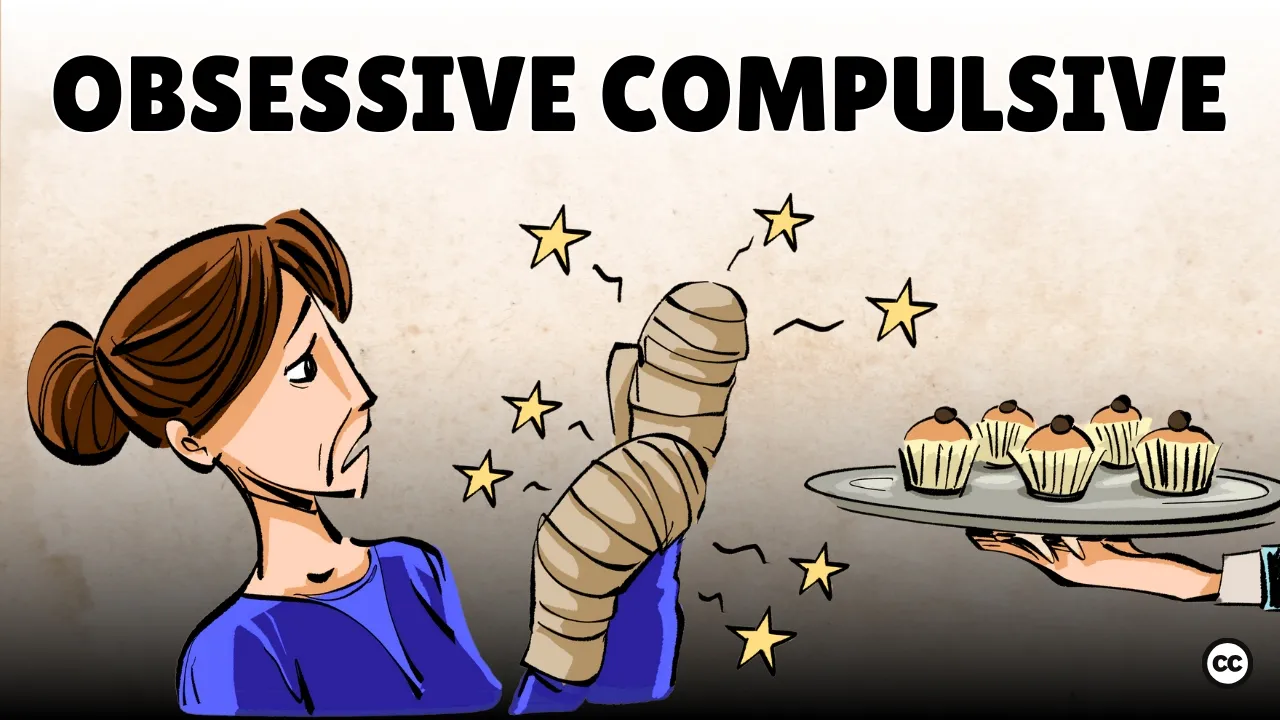
Obsessive-Compulsive Disorder (OCD) is a complex mental health condition that can significantly affect one's daily life. It manifests through unwanted intrusive thoughts and repetitive behaviors known as compulsions. This blog delves into the intricacies of OCD, exploring its symptoms, causes, the cycle it creates, and potential treatments.
Unraveling the mind's turmoil
OCD is characterized by a cycle of obsessions and compulsions. These obsessions are intrusive thoughts that lead to significant anxiety, while compulsions are behaviors performed to alleviate that anxiety. The combination creates a challenging situation where relief is temporary, fueling the cycle further.
Understanding OCD
OCD typically develops in children between the ages of 10 and 14. Symptoms can vary widely, with some individuals experiencing mild repetitive thoughts and others facing severe obsessions that disrupt their ability to lead a normal life. For many, OCD symptoms can come and go, creating a wave-like pattern of intensity.
Symptoms are often categorized into four main factors: symmetry, forbidden thoughts, cleaning, and hoarding. Each person's experience with OCD is unique. For instance, Miko is fixated on symmetry and spends hours organizing his books, while Ann grapples with forbidden thoughts of loss after the death of her mother.
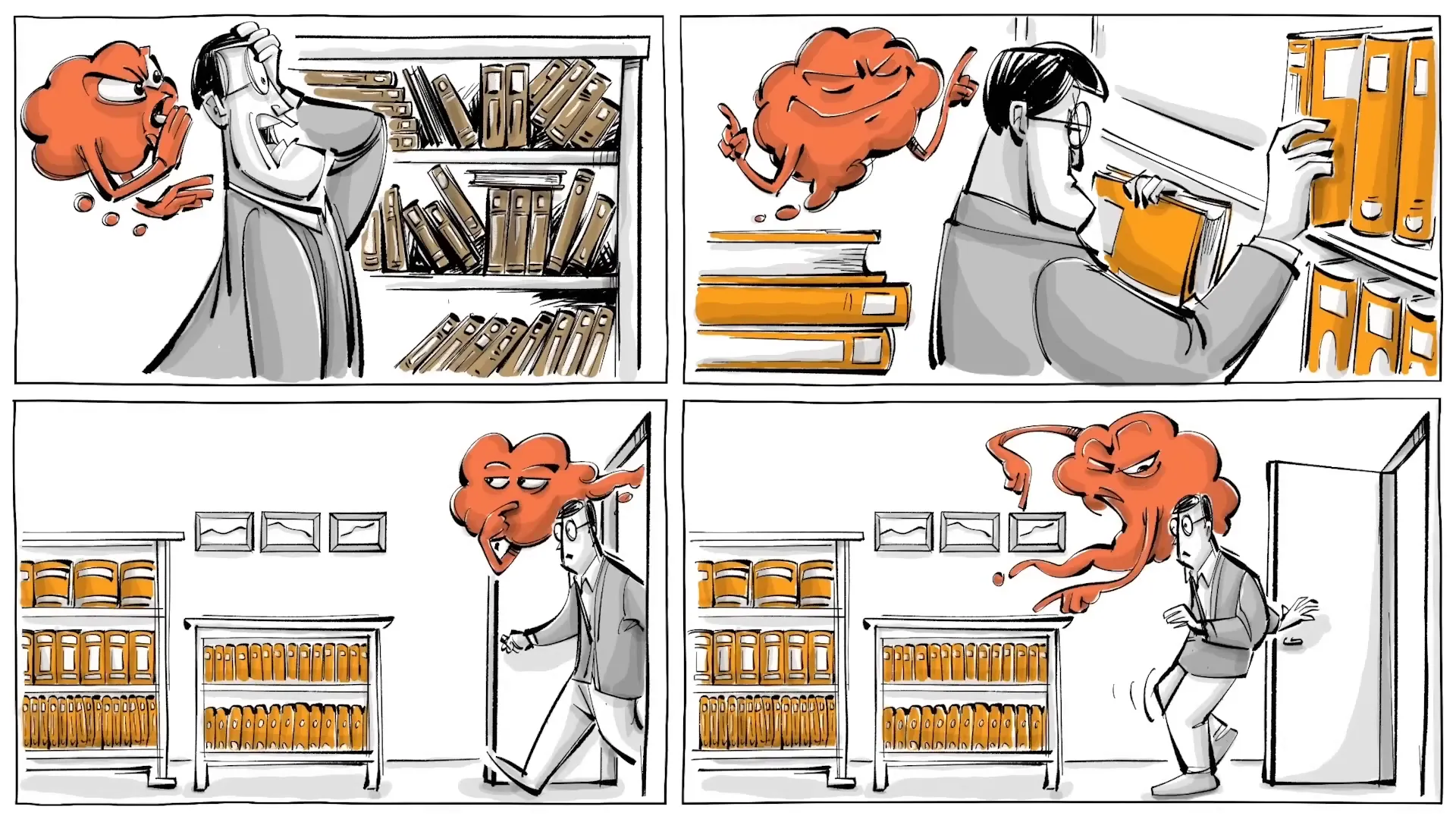
Examples of OCD Experiences
- Miko: Obsessed with symmetry, he meticulously arranges his library and insists on leaving it in the exact order he found it.
- Ann: After her mother's passing, she is plagued by fears of losing loved ones, leading her to engage in compulsive nail-biting.
- Jane: Struggles with cleanliness, washing her hands excessively due to a fear of germs.
- Joe: Experiences anxiety about losing possessions, resulting in compulsive checking of locks and windows.
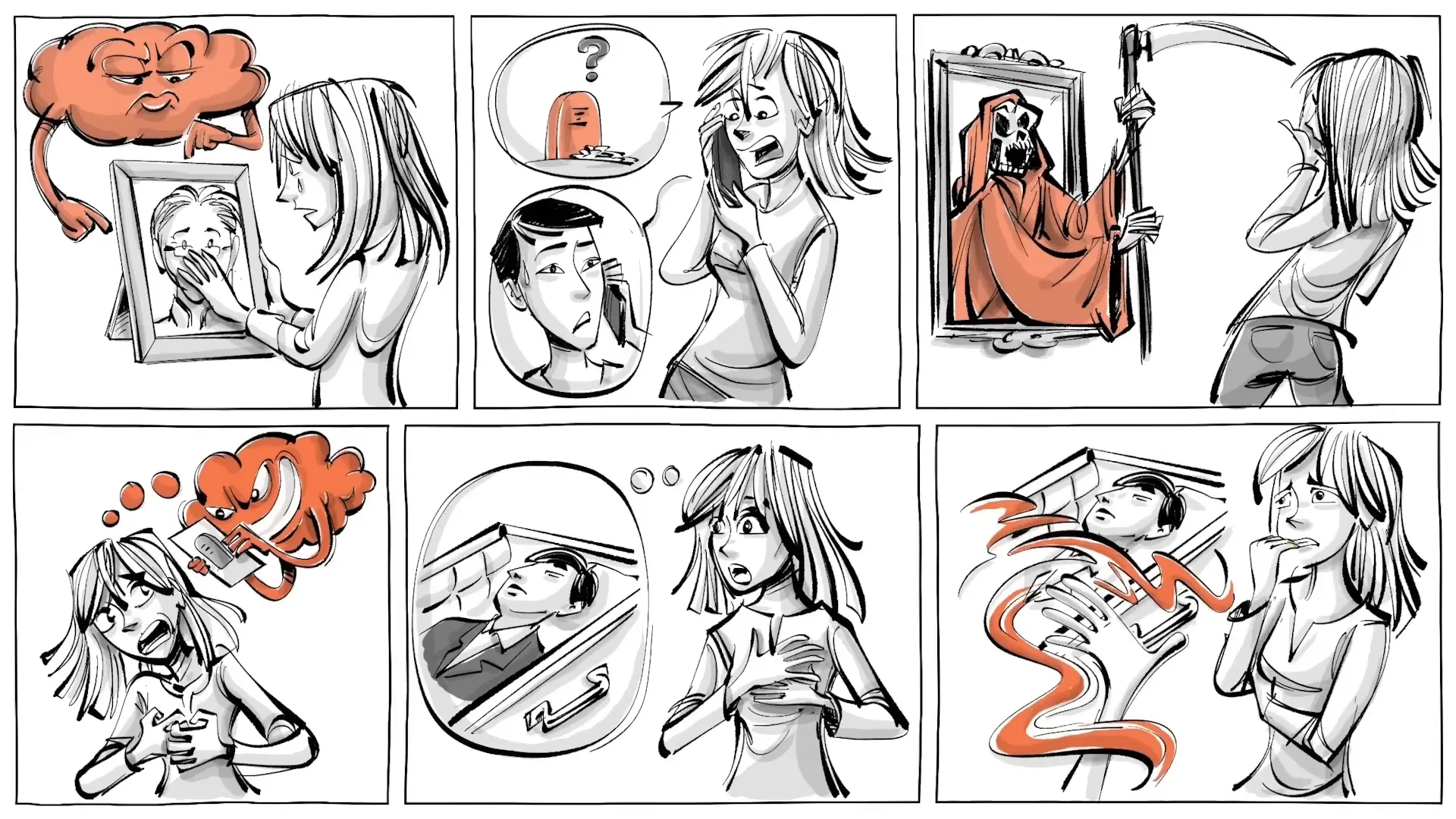
Symptoms of OCD
Symptoms of OCD can manifest in various forms, each contributing to the individual's distress. The four main symptom categories mentioned earlier can affect how a person interacts with the world.
People with OCD often experience a variety of symptoms, which can include:
- Repetitive thoughts (obsessions) about harm, cleanliness, or order.
- Compulsive behaviors (rituals) to reduce anxiety, such as excessive cleaning or checking.
- Fear of losing control or being responsible for something terrible happening.
- Difficulty managing intrusive thoughts that lead to significant distress.
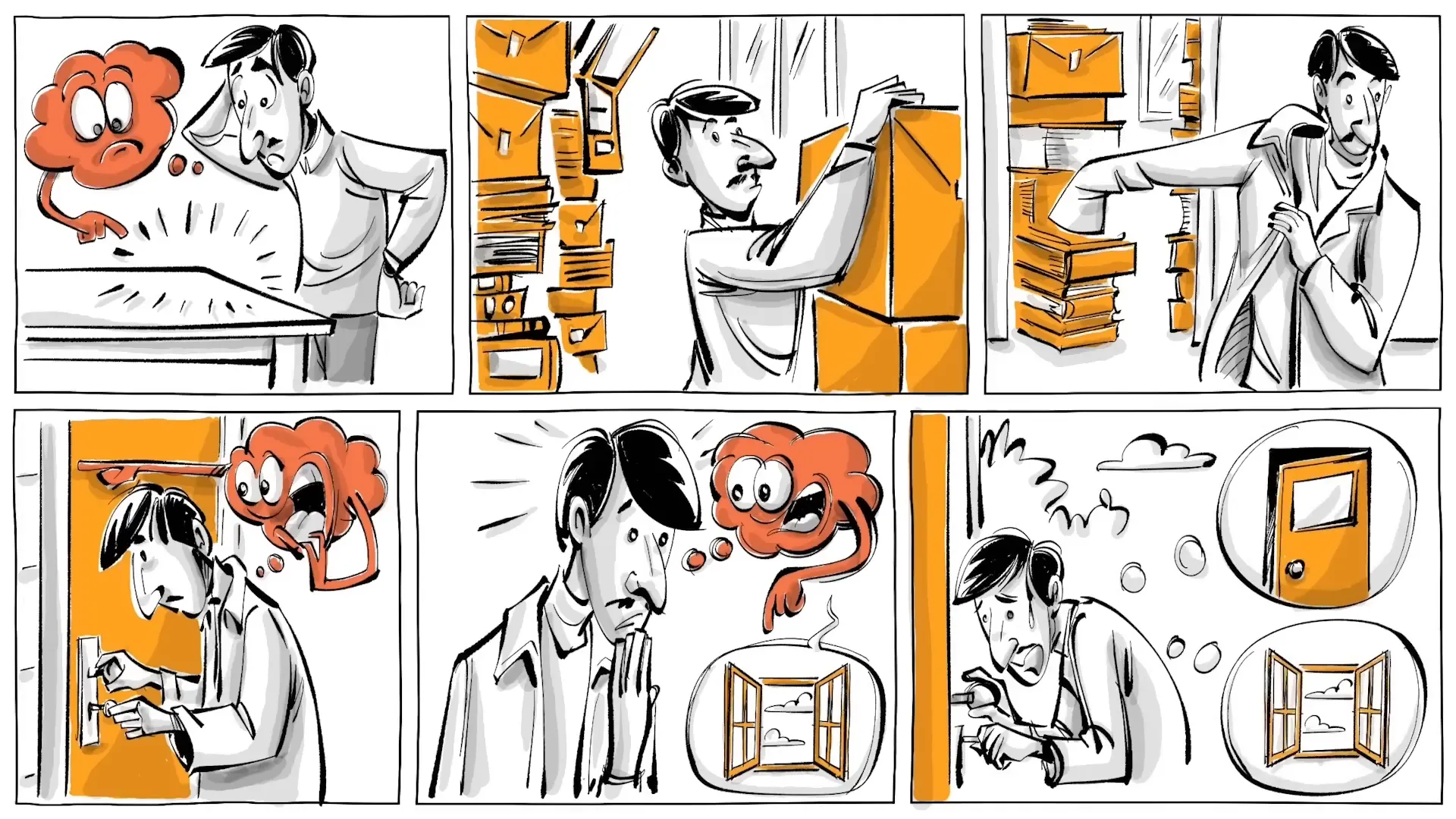
Causes of OCD
Understanding the causes of OCD involves examining both genetic and environmental factors. Research suggests that individuals with a family history of OCD are at a higher risk, with approximately 1 in 4 having an immediate family member who also suffers from the disorder.
Environmental factors, particularly childhood trauma, can also trigger the onset of OCD or intensify existing symptoms. Neurobiological research indicates that certain brain areas responsible for processing thoughts may function differently in individuals with OCD, leading to repetitive and intrusive thoughts that feel beyond their control.
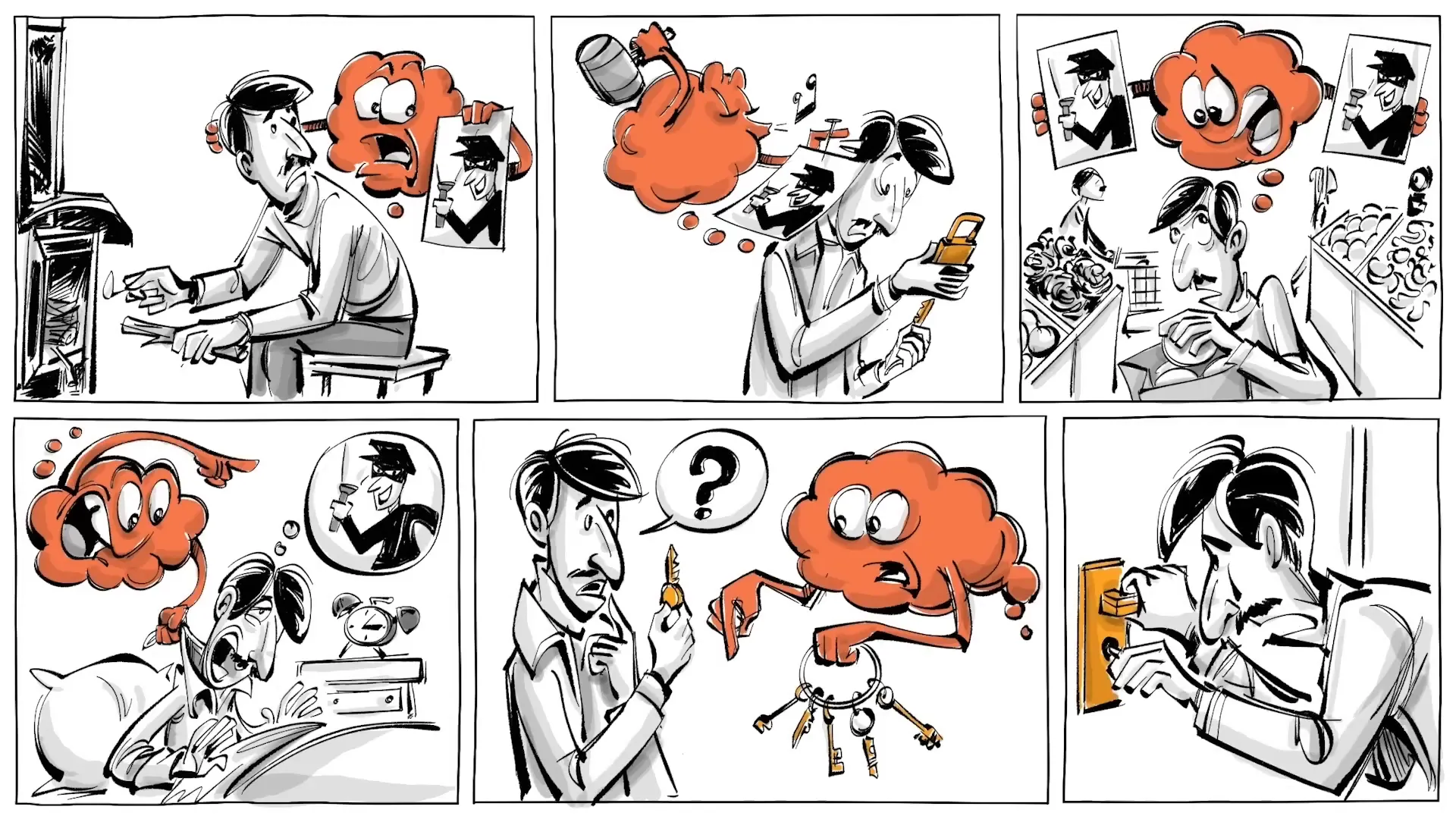
The OCD cycle
The cycle of OCD is a critical aspect of understanding the disorder. It begins with an obsession—an intrusive thought that induces anxiety. This anxiety prompts a compulsion, a behavior performed to alleviate the distress. However, the relief is only temporary, and the cycle restarts as the obsession returns.
This cycle can lead to excessive compulsive behaviors, making it challenging for individuals to lead a normal life. For example, Jane’s fear of germs leads her to wash her hands repeatedly, reinforcing the belief that her compulsive behavior is necessary to avoid harm.
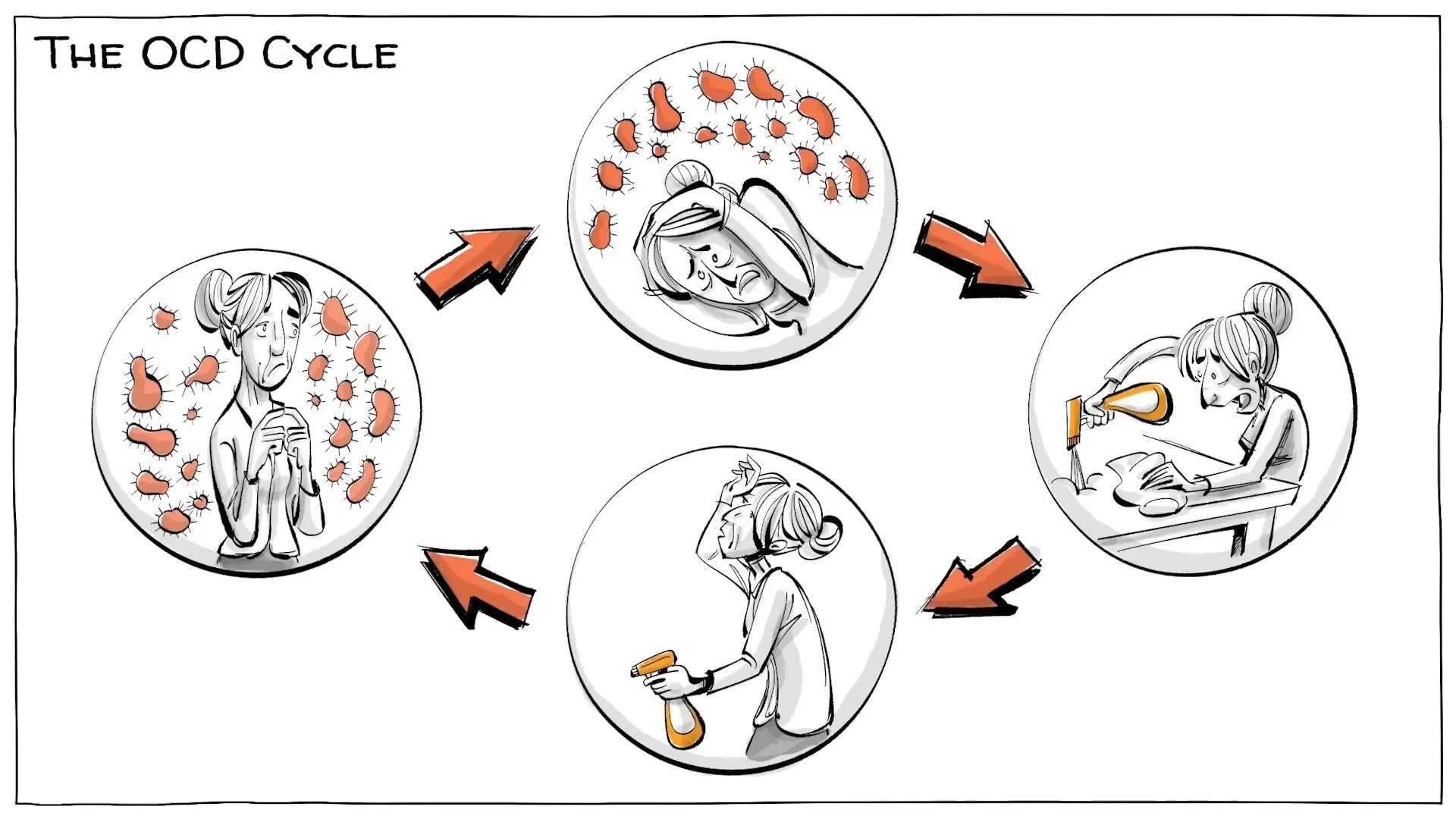
Treatment
Effective treatment for OCD is essential for managing the disorder and breaking the cycle. Several approaches exist, including:
- Cognitive Behavioral Therapy (CBT): This therapy focuses on changing thought patterns to overcome intrusive thoughts without indulging in compulsions.
- Exposure and Response Prevention (ERP): A specialized form of CBT that gradually exposes individuals to their fears while encouraging them to refrain from compulsive behaviors.
- Medication: Some individuals may benefit from medication that helps regulate mood and anxiety levels.
- Nicknaming technique: This involves relabeling, reattributing, refocusing, and revaluing intrusive thoughts to reduce their power.
Seeking professional help is crucial for understanding OCD and developing strategies to manage symptoms effectively.
Engagement with the Community
Have you ever encountered obsessive thoughts? What kinds of compulsions did you turn to? Sharing experiences and strategies can be a powerful way to support one another in managing OCD. The journey can be isolating, but community and understanding are vital.
If you found this information helpful, consider exploring more resources and connecting with others who understand the challenges of OCD.
This article was created from the video Obsessive-Compulsive Disorder (OCD) with the help of AI. It was reviewed and edited by a human.